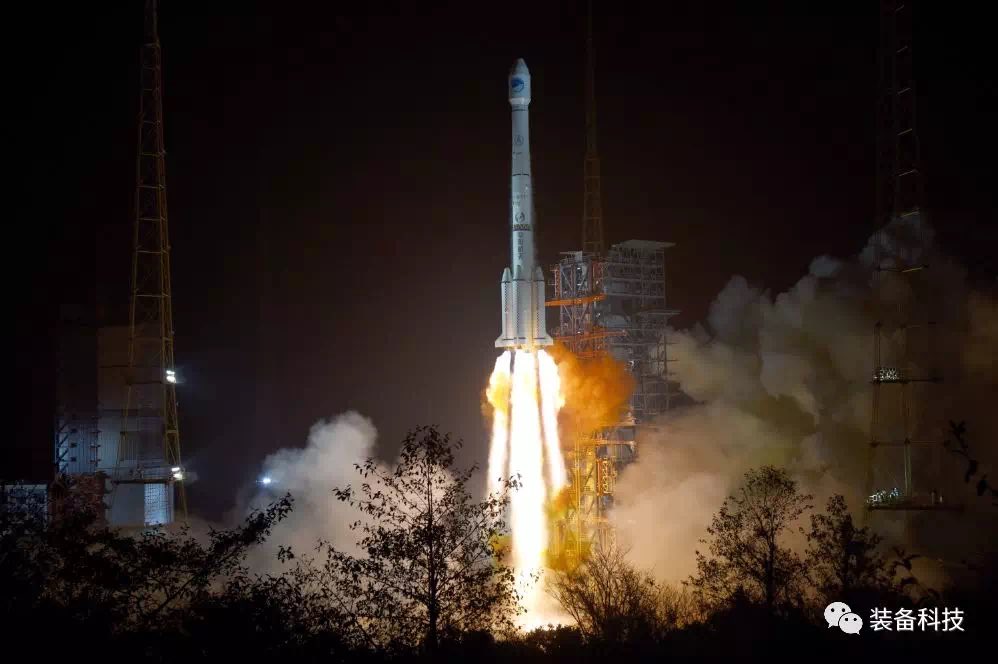Sorry to say that it is too early for this booster to win 2018.I have a hunch that the upcoming big 4 m diameter solid rocket booster will win the 2018 science and tech prize.
YF-100 has been used on operational launching systems LM-7 and LM-5 for many times to win the prize.
The booster is going to fire for the first time in early 2018, only after another tens long-time (in minutes) test burn on the rig, then two operational launch on rockets will it get a prize. That even in the Chinese speed will take a year. So I'd say second half of 2019 at its earliest.
I guess this 4m booster may also be intended for one of the LM-9's two configurations besides being used as a launching system of its own. This would mean that it is not in a hurry, therefor pushing its first operational launch in the time frame of post 2020, many years before LM-9's projected 2028 launch.
Last edited:



